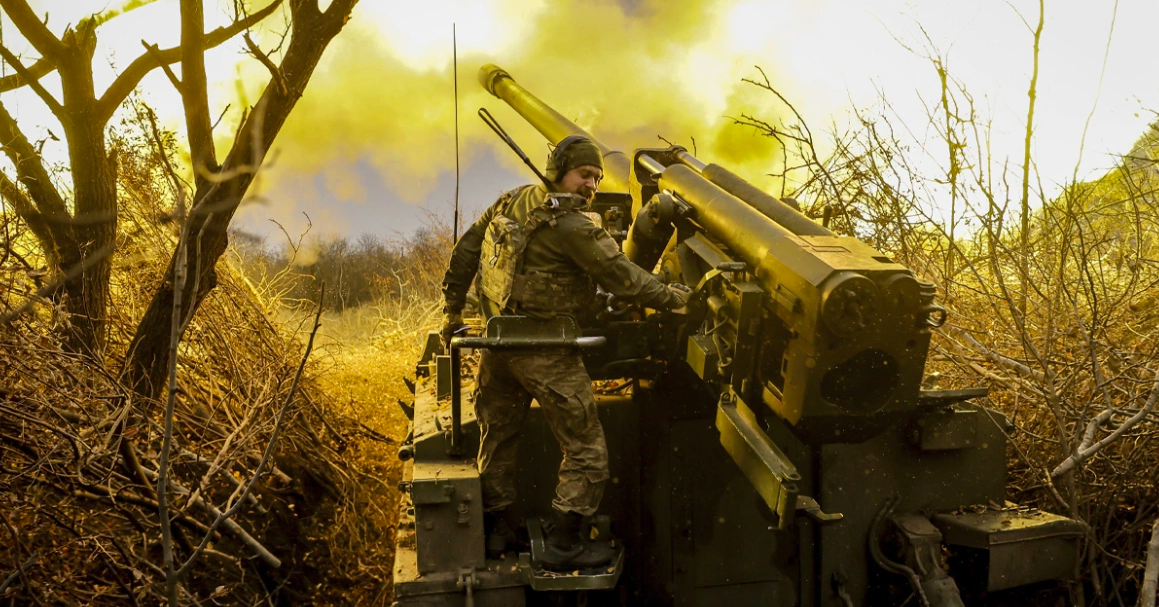The war in Ukraine, ongoing since February 2022, is now approaching its third year, teetering on a razor’s edge.
On one hand, Donald Trump’s election in the United States has sparked hope for an end to the conflict that has exacted a heavy toll on all sides. However, on the other, Ukraine’s strikes on Russian soil using long-range Western missiles and Russia’s counter-responses with new hypersonic missiles, coupled with Moscow’s plans to increase missile production, have introduced a new dimension to the battlefield and raised fears of unprecedented escalation.
Currently, Zelensky, Putin, and the global community are in a state of watchful waiting, anticipating Trump’s inauguration in late January, when he is expected to officially unveil his approach to the conflict.
Zelensky: The War Could End Next Year
Ukrainian President Volodymyr Zelensky stated on Saturday that he sees the potential for ending the Russian invasion in the coming year.
“When will the war end? When Russia decides to end it. When the U.S. adopts a tougher stance. When southern nations stand with Ukraine to support the end of the war,” Zelensky said during a discussion with foreign correspondents in Kyiv at the third international conference on food security, “Grain from Ukraine.”
Zelensky expressed confidence that once these conditions are met, decisions would inevitably follow. “It won’t be an easy path, but I am convinced we have every capability to succeed next year,” he stated, according to the Ukrinform news agency.
“We are open to proposals from leaders of African, Asian, and Arab states,” Zelensky continued. “I would also like to hear the proposals of the new U.S. president. I believe we’ll learn more in January and have a plan to end this war,” he added.
Ukraine Holds Its Ground in Kursk Amid Heavy Losses
Ukraine has lost over 40% of the territory it initially controlled in Russia’s Kursk region following a surprise Ukrainian incursion in August. Russian forces have launched relentless counterattacks, according to a senior Ukrainian military source speaking to Reuters.

The source, part of Ukraine’s General Staff, said Russia has stationed 59,000 troops in the Kursk region since Kyiv’s forces advanced unexpectedly, catching Moscow off guard more than two years after Russia’s full-scale invasion of Ukraine.
“At its peak, we controlled about 1,376 square kilometers (531 square miles); now that area is smaller. The enemy is increasing its counterattacks,” the source said.
“We now control approximately 800 square kilometers (309 square miles). We will hold this ground for as long as it is militarily feasible.”
Ukraine’s thrust into Kursk aimed to curb Russian offensives in eastern and northeastern Ukraine, force Russia to pull back its advancing troops, and secure a stronger position in any future peace negotiations.
The New “Missile Reality” on the Frontlines
As the war nears its 1,000-day mark, the conflict has reached a new stage both militarily and politically.
The U.S. recently granted Ukraine permission to use ATACMS missiles within Russian territory, a request Kyiv had been pressing for months. Similarly, the UK approved the use of Storm Shadow air-to-ground missiles.
In response to Ukraine’s first strikes using Western weaponry, Russia deployed its experimental Oreshnik hypersonic missile, capable of carrying nuclear warheads. The strike alarmed Ukraine as the missile is reportedly nearly impossible to intercept.
Simultaneously, Moscow announced changes to its nuclear doctrine, stating that an attack on Russia by a non-nuclear state with the backing of a nuclear power would now be treated as a joint assault. This raises questions about whether such an attack could warrant a nuclear response—something Moscow has yet to clarify.
On Thursday, Russian President Vladimir Putin declared in an address that the war has taken on “global characteristics” and announced plans to ramp up production of the Oreshnik hypersonic missile, calling it “unmatched in the world.”
Diplomatic Solution on the Horizon?
The clock is ticking toward January 20, 2025, when Donald Trump assumes office. Trump has claimed (albeit not recently) that he could end the war within 24 hours, with his vice president-elect, J.D. Vance, explaining that this would involve compromises from Ukraine, potentially ceding territories like Donbas and Crimea.
This marks a departure from the Biden administration’s stance, which has provided Kyiv with billions of dollars in weaponry.
In a parallel development, Trump is reportedly considering appointing Richard Grenell as a special envoy for the Russia-Ukraine war. Grenell, a former U.S. ambassador to Germany with a background in intelligence, would focus on ending the war—if Trump takes this step and Grenell accepts the role.
Grenell has previously advocated for the creation of “autonomous zones” in Ukraine and opposed the country’s NATO membership.
Meanwhile, Trump recently met with NATO’s new Secretary General, Mark Rutte, in Florida, a meeting analysts consider pivotal.





